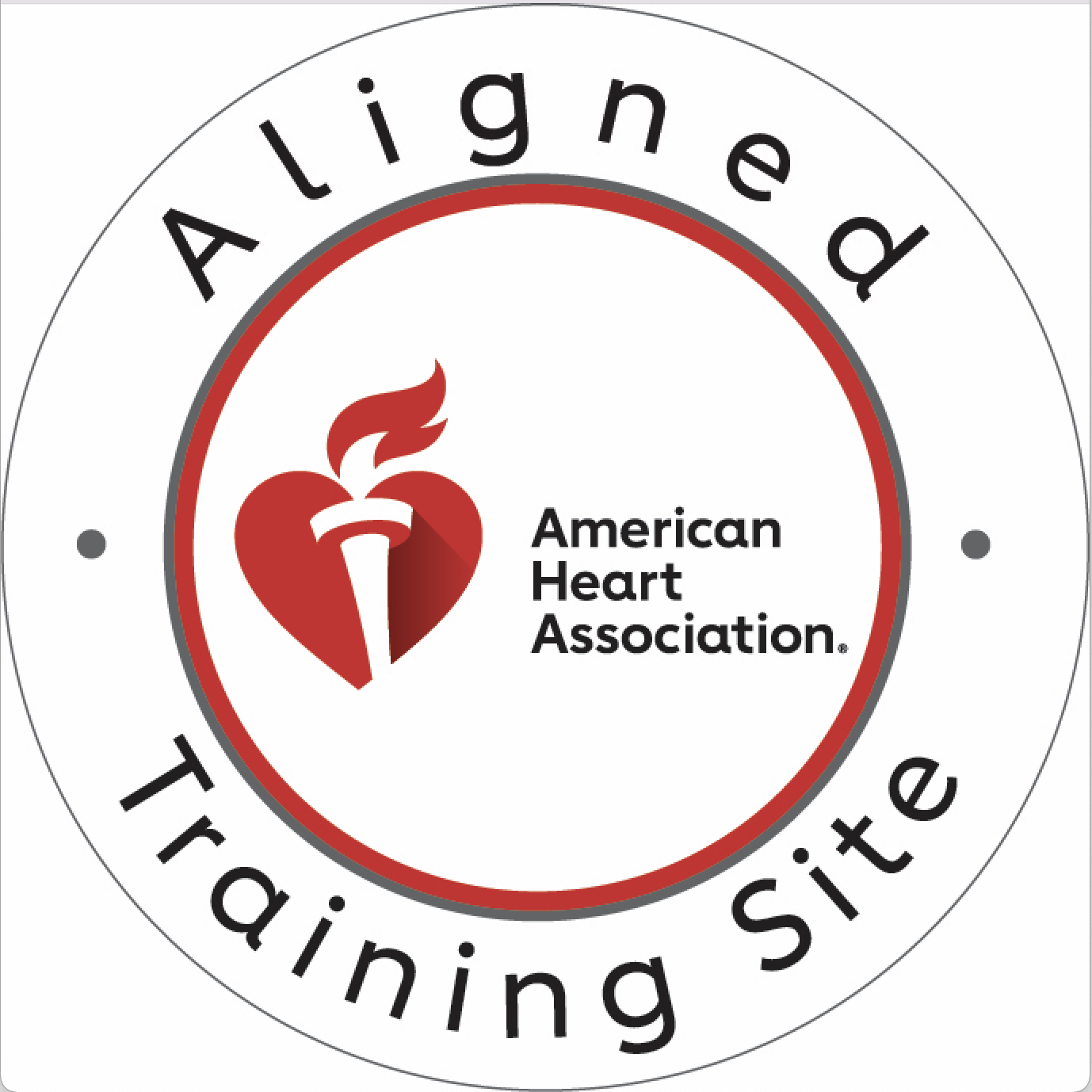Course Overview
Adult and Pediatric First Aid/CPR/AED blended learning course trains students to identify and respond to various first aid, breathing, and cardiac emergencies involving adults, children, and infants. This course is ideal for those needing certification to meet OSHA workplace or other regulatory standards. Delivered in a blended format, students must complete the online portion—accessible on mobile desktop, or tablet—before participating in the instructor-led skills session. Successful completion of the course grants a valid two-year digital certificate in Adult and Pediatric First Aid/CPR/AED.
Step 1. You will receive an email containing the direct link to the online portion once registration is complete. PLEASE EMAIL US IF YOU DID NOT RECEIVE THE REGISTRATION EMAIL WITHIN 24 HOURS.
Step 2. Compete the ONLINE course PRIOR to the in-person skills session. Compete at your own pace!
Step 3. Attend the IN-PERSON hands-on skills session.
**If you have not received your confirmation email with course details and link to the online course please call 630-309-4009 to confirm your registration. **
Computer Requirements for the Online Training:
Processors Dual-core processor with a speed greater than or equal to 2.3 GHz
RAM 4 GB
Operating System Desktop: Microsoft Windows 7/8/10, OS X Snow Leopard 10.6+ Tablet: iPad iOS 7+ (Safari), Android 4.0.3+ (Google Chrome) This course is not supported on smartphone devices.
Browsers Chrome 49+, Firefox 47+, Safari 9+ Cookies, JavaScript, Images and HTML5 audio/video must be supported
Screen Resolution 1024x768 Color Depth High Color, 32Bit
Bandwidth 2.0 mbps dedicated or faster. Broadband internet access is recommended.
Audio A soundcard and either speakers or headphones for multimedia audio.
- Sunday, January 18, 2026 at 9:00 AM (8 seats left)Downers Grove CPR Ltd.
- Sunday, January 25, 2026 at 9:00 AM (8 seats left)Downers Grove CPR Ltd.
- Sunday, February 1, 2026 at 9:00 AM (8 seats left)Downers Grove CPR Ltd.
- Sunday, February 15, 2026 at 9:00 AM (8 seats left)Downers Grove CPR Ltd.
- Sunday, March 1, 2026 at 9:00 AM (8 seats left)Downers Grove CPR Ltd.
- Sunday, March 15, 2026 at 9:00 AM (8 seats left)Downers Grove CPR Ltd.
- Sunday, April 12, 2026 at 9:00 AM (8 seats left)Downers Grove CPR Ltd.
- Sunday, April 19, 2026 at 9:00 AM (8 seats left)Downers Grove CPR Ltd.


 630-309-4009
630-309-4009
